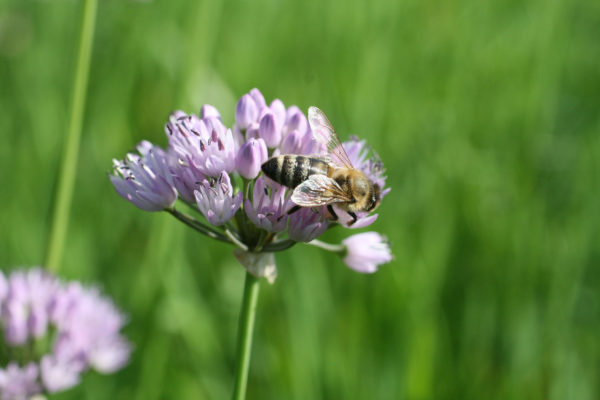We will establish a seed bank of characteristic plant species of EU priority habitat types:
- Turloughs (3180*),
- Semi-natural dry grasslands and scrubland facies on calcareous substrates (Festuco-Brometalia) (* important orchid sites) (6210(*)) and
- Species-rich Nardus grasslands, on siliceous substrates in mountain areas (6230*).
The seed bank will hold 12.000 accessions of at least 300 different plant species from above mentioned habitat types. To ensure the seeds’ high genetic diversity, we will collect them across 21 Natura 2000 sites in Slovenia.
All collected accessions will be stored in two seeds banks: one will be placed in the Infrastructure centre Jablje at Agricultural Institute of Slovenia, while its safety duplicate will be located in Ormož Basins Nature Reserve.
An advanced database, accessible also through a smart phone application, will be produced to manage accession-related data of both seeds banks.
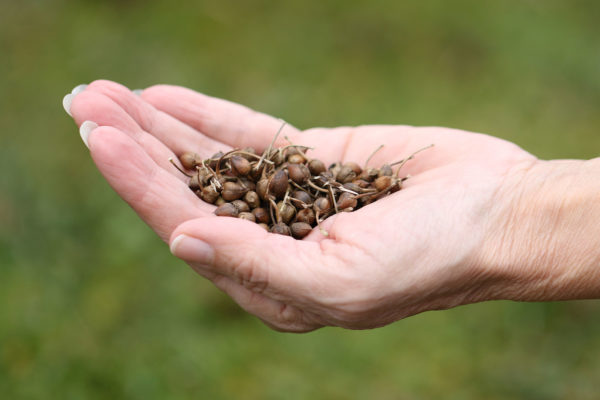
Restoration of 71,4 ha of high nature value grasslands at Natura 2000 sites
We will restore 61,8 ha of priority Natura 2000 habitat types (3180*, 6210(*) and 6230*) and 12,3 of non-priority habitat types (6410, 6420, 6430, 6510, 62A0) using green hay and seed mixtures. In total, 74,1 ha of high nature value grasslands will be restored at seven Natura 2000 sites (Notranjski trikotnik, Goričko, Julijske Alpe, Drava, Krimsko hribovje – Menišija, Ljubljansko barje, Škocjanski zatok). The most suitable method of grassland restoration will be determined for each of the habitat types.
Grassland restoration success will be monitored via three commonly used indicator groups – plants, birds and insects.
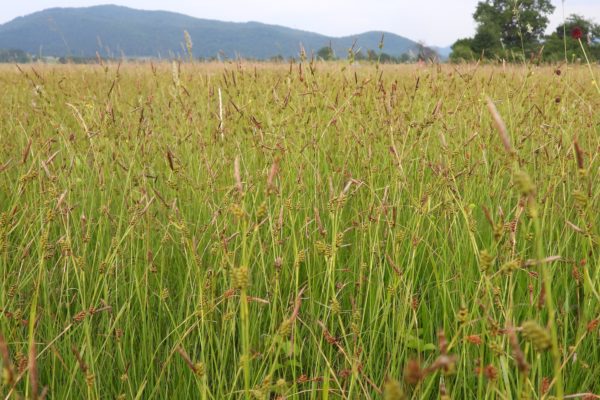
Preparation of agricultural measures
To encourage the production of native seed material and grassland restoration, we will prepare three measures:
- green hay,
- seed mixtures and
- grassland restoration.
These measures will be included in the national agricultural policy plan after 2027.
Their attractiveness for farmers will be estimated within the project by conducting a feasibility study.
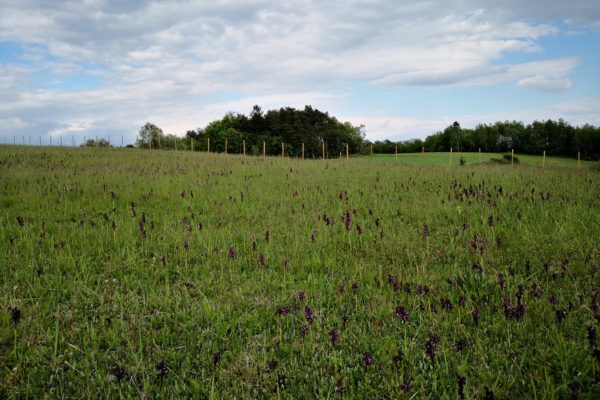
Web cadastre of well-preserved grasslands
We will set up a web cadastre of high nature value grasslands including target habitat types that will serve as a geo-referenced basis for the implementation of agricultural measures and could also be used for the improvement of Natura 2000 zonation. The web cadastre will enable adding new plots also after the project ends.
Web cadastre will serve as link between the producers of seed material, their users, nature conservation and agricultural stakeholders and be an information point for those looking for native seeds for grassland restoration.
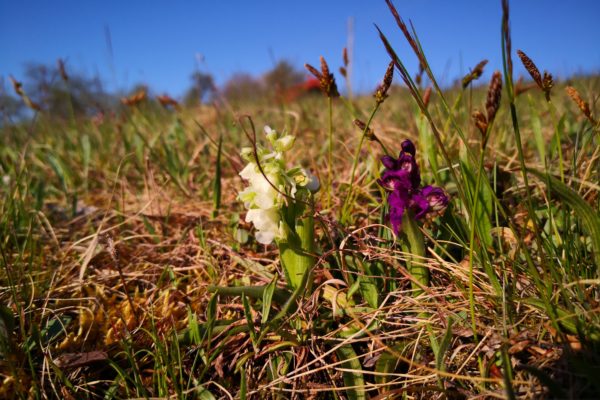
Awareness raising of the importance of species-rich grasslands
Dissemination and education activities will be performed in order to raise awareness about the importance of species-rich grasslands for biodiversity conservation and ecosystem service (e.g. pollination, production of honey, herbs and medicinal plants).
Our goal is to encourage people to either set up new high nature value meadows or to continue managing extensively the existing ones.
